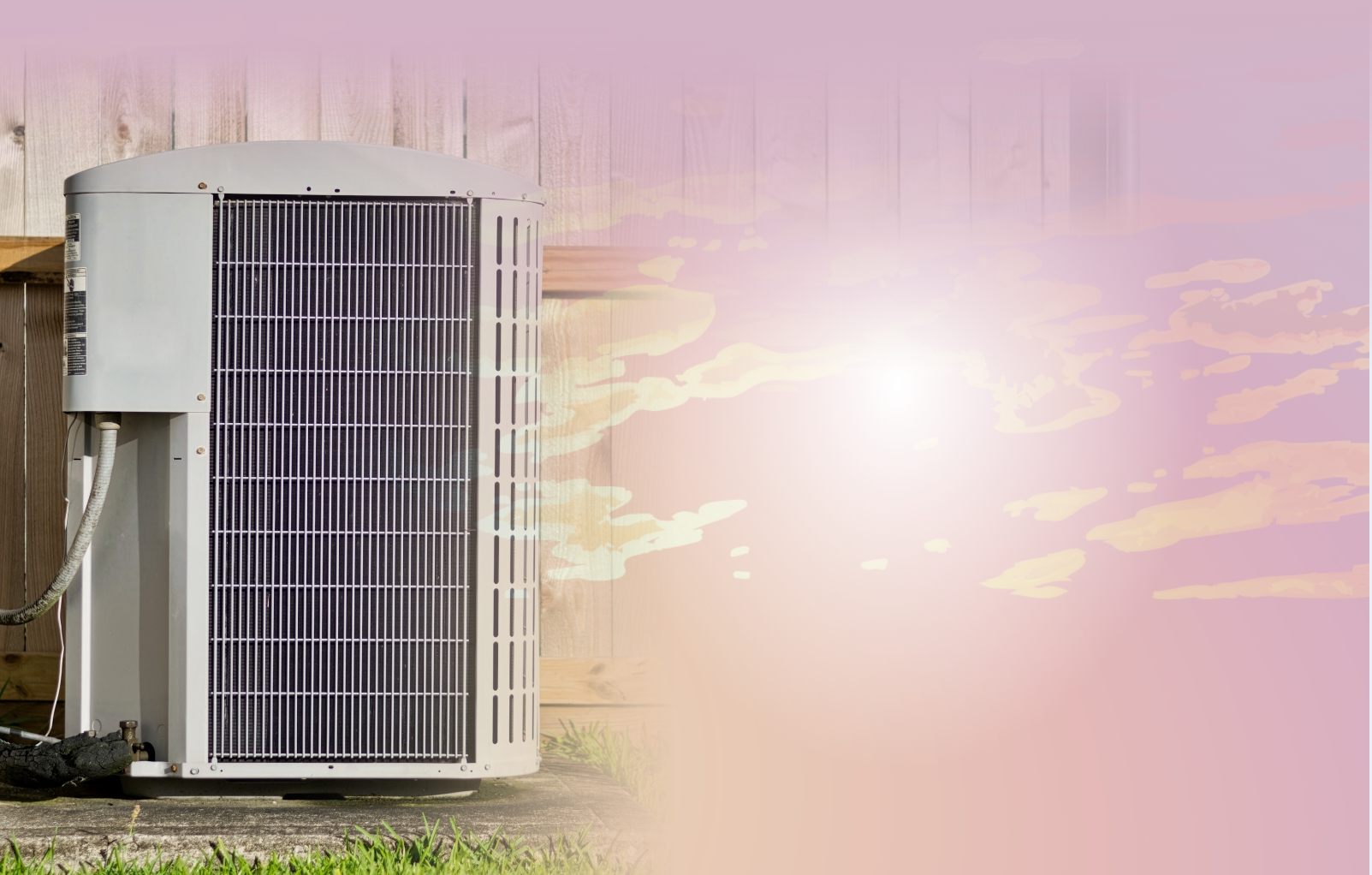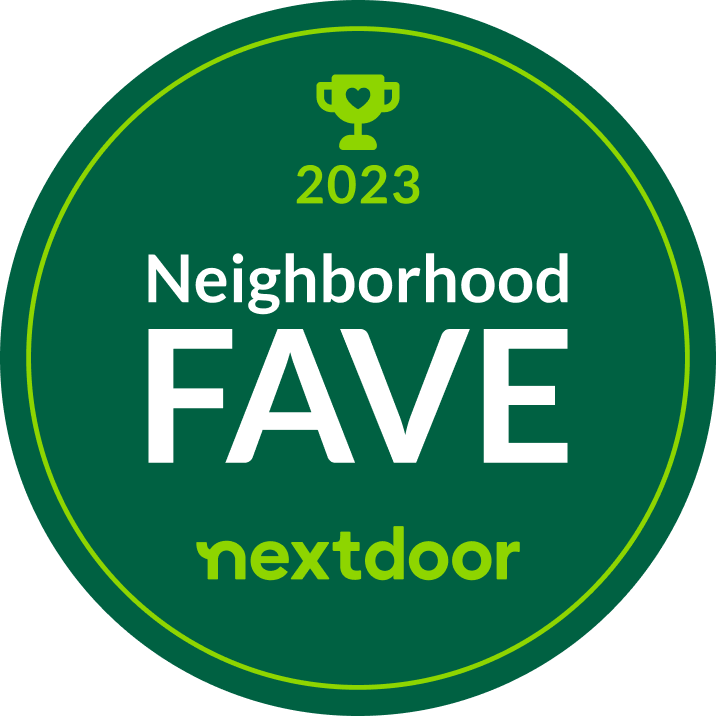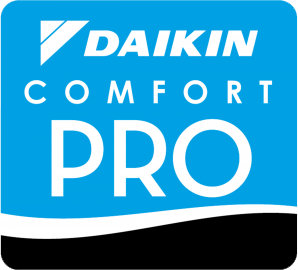Managing a commercial space means balancing comfort, expenses, and upkeep. One thing that can quietly push your costs higher is an inefficient heating and cooling system. Whether running an office, a retail shop, or a building with multiple uses, your HVAC setup affects how the space feels and how much you spend each month. However, smart choices can help building owners and managers fine-tune their systems for better performance without sacrificing comfort.
Building Usage Patterns
How people move through a commercial space directly affects how your HVAC system should run. If you manage an office building, you’re probably dealing with a predictable daily flow of employees coming in and out around the same time each day. On the other hand, retail stores or restaurants might see busier evenings or weekends. When your system runs without adjusting for these patterns, it wastes energy by heating or cooling empty rooms or overcompensating during peak hours.
One helpful strategy is to set up programmable thermostats that adjust when people use the space. This might mean creating a simple time-based schedule or using motion sensors that track when rooms are in use. If a meeting room only gets used a couple of times a week, there’s no reason to keep it perfectly heated or cooled the rest of the time. Pay attention to how long specific areas stay active and match your temperature to those rhythms.
Zoning
Keeping one temperature across an entire commercial building isn’t always practical, especially if the space includes multiple floors or a mix of rooms. A storage room doesn’t need the same temperature as a front lobby or a large office area. That’s why zoning can make a big difference. With a zoned HVAC setup, you split the building into different sections. Each one gets its own temperature control. You can adjust heating or cooling in specific areas based on their needs. If your building includes a warehouse that doesn’t need as much heat, you can turn the temperature down there while keeping the front offices comfortable.
Over time, that targeted use cuts your energy bill and makes the entire space more comfortable. This setup also lets you respond quickly to unusual weather swings. You can cool the meeting room on hot spring days followed by cool evenings while keeping break areas warmer. Zoning brings flexibility, which matters when your building serves many different uses under one roof.
Regular Maintenance
When your HVAC system seems to be running smoothly, it’s tempting to push maintenance down the list. But in a commercial building, your equipment works long hours nearly every day. That constant operation wears things out. Filters fill up faster, belts start to slack, and dust builds up inside the ductwork, slowing airflow and making the system work harder.
Scheduling seasonal checkups helps you catch problems before they spread. A technician can spot worn parts or leaking ductwork and fix them before they become expensive repairs. Clean filters, tight seals, and balanced refrigerant levels all help your system work less to get the same job done.
Automation
Today’s HVAC systems can do more than heat or cool air. When you use the right technology, your system can pick up on patterns in how your building operates and adjust without needing input. Smart thermostats and controls do more than follow a basic schedule. They watch for shifts in temperature, notice when doors or windows are open, and respond when more or fewer people enter a space. Imagine a busy lunch crowd filling your café—smart sensors can read that rising body heat and bring down the temperature before guests get uncomfortable.
Automation also helps after hours. Rather than running the whole system all night for a single overnight cleaning crew, you can program the HVAC to cool or heat only one zone at a time. These systems also track data that help you understand how your building runs. Over time, you can spot patterns in energy use and adjust your schedule or layout accordingly. The more your system adapts on its own, the less you have to think about temperature at all.
Hidden Energy Drains
A commercial HVAC system doesn’t work alone. It works as part of a larger system that includes ducts, vents, insulation, and even your windows and doors. If one piece isn’t doing its job, the rest of the setup feels the strain. Walk through your building and notice any rooms that never feel quite right—maybe they’re too warm, too chilly, or always feel stale. That might point to clogged vents, air leaks in the ductwork, or drafty windows letting in outside air.
You might also find furniture placed right in front of returns, restricting airflow. A system working against physical barriers has to push harder to do its job. That extra effort drives up your energy bills and wears out equipment faster.
Humidity
In commercial buildings, people often focus on temperature and forget about humidity. But too much moisture in the air can make a cool room feel muggy and a warm room feel sticky. Keeping humidity in check helps your HVAC system run more efficiently and supports better indoor air quality. Some systems come with built-in controls, while others benefit from separate humidifiers or dehumidifiers.
Air Quality in Shared Spaces
Air quality plays a big role in how comfortable and safe the space feels in any space where people work, shop, or eat together. When the air feels stale or heavy, people notice. It can make your office feel sluggish, your waiting room stuffy, or your lobby uninviting. It’s not just about comfort. Poor ventilation can spread dust, allergens, or even viruses faster. That’s why it pays to focus on filtration and airflow. If you haven’t upgraded your filters recently, that’s a quick fix that can improve your indoor air quality, but air purifiers and other equipment can improve it even more. These products will also reduce strain on your HVAC system for lower monthly bills.
High-efficiency filters trap more particles and keep your air moving cleanly through the building. You can also look into systems that cycle fresh air from outside more regularly, especially if your space gets crowded often. Clean, fresh air helps people think more clearly, stay focused longer, and feel better throughout the day.
Let Your Equipment Rest
Even the best system doesn’t always need to run at full speed. If your building is empty at night or during weekends, let the HVAC rest a bit. That doesn’t mean turning it off completely but adjusting the settings to match when people are there. A small shift in temperature outside of work hours won’t hurt your equipment, but it will reduce energy costs.
Some commercial systems offer night setback features that automatically raise or lower the temperature when the building isn’t in use. If your business opens early or closes late, build in a buffer. Start cooling or heating the space just before people arrive and wind it down right after they leave. If you keep the system at full power during closed hours, you’re throwing money at an empty room.
Improve The HVAC in Your Commercial Space
A more efficient system doesn’t just save you money. It gives you a building that works smarter and feels better. If you’re ready to tighten things up and get more from your setup, talk to the commercial HVAC services team at Home Comfort Solutions in Moore, OK. We also offer indoor air quality solutions and ductwork cleaning services for commercial properties.








